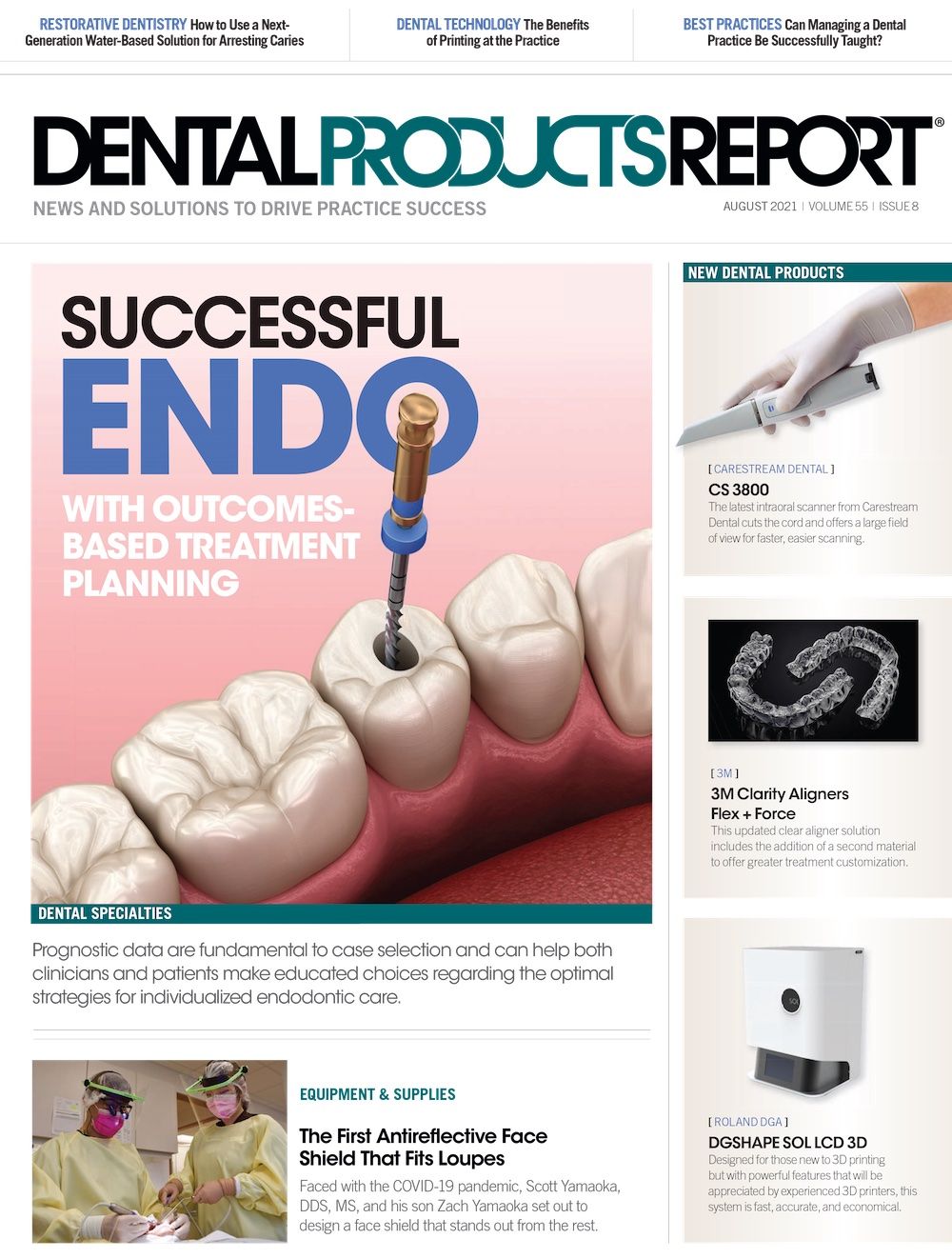Of Apex Importance
This product roundup features several of the top apex locators available today.
An important part of endodontic procedures, apex locators are used to determine the position of the apical constriction and the length of the root canal. This measurement helps clinicians prepare a patient for root canal therapy by determining how far instruments should advance within the canal and at what point the preparation and filling should stop. It is also useful during the root canal procedure to help clinicians avoid root perforation, which can lead to a variety of short-term and long-term complications.
The principle behind apex locators is relatively simple. Because the apex has a specific resistance to electrical current, its location can be measured using 2 electrodes—1 clipped to the patient’s lip and 1 attached to an endodontic file. When the tip of the file meets the periodontal tissue, the 3 elements form a complete electric circuit. This causes resistance to decrease markedly, and the current suddenly begins to flow. Many apex locators mark this event with an audio signal or a device readout.
However, the first generation of electronic apex locators functioned quite differently. Instead of forming a closed circuit like modern devices, the original units operated on the direct current principle. The issue with these devices was that conductive fluids such as hemorrhage, exudate, or irrigant in the canal would permit current flow and therefore, would give a false reading.
Newer devices circumvented this by using the alternating current of 2 frequencies; these measure and compare 2 electrical impedances that change as the file moves apically. The benefit is that these devices are much less affected by fluid conductive media in the canal. The resulting locators are said to achieve 80% to 96% accuracy, which has been shown to be more accurate than radiographs.
Here, we present several apex locators the industry offers.
